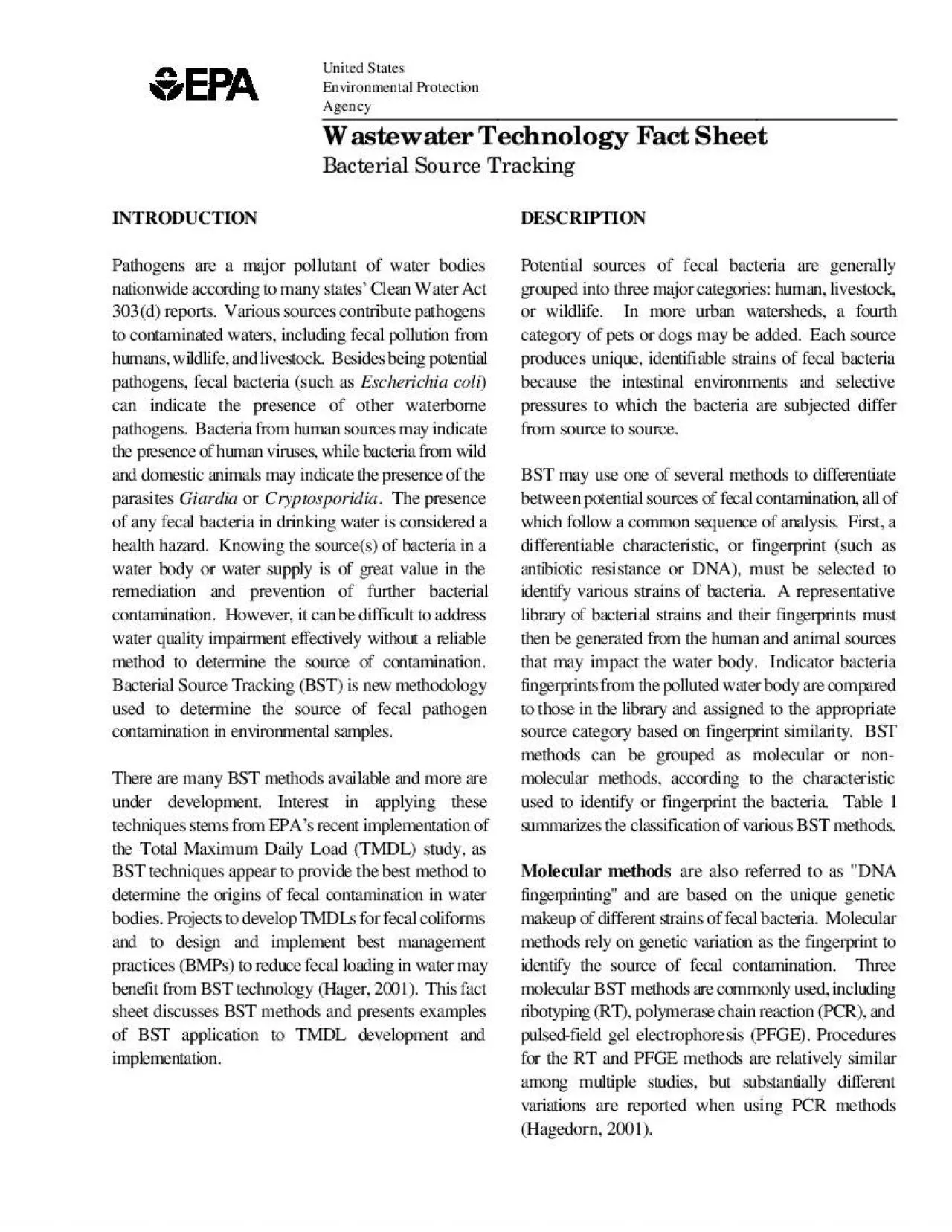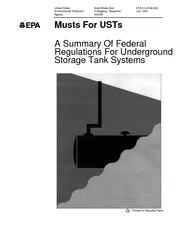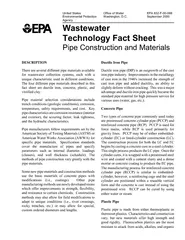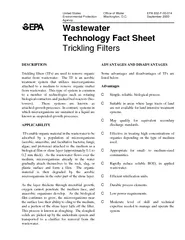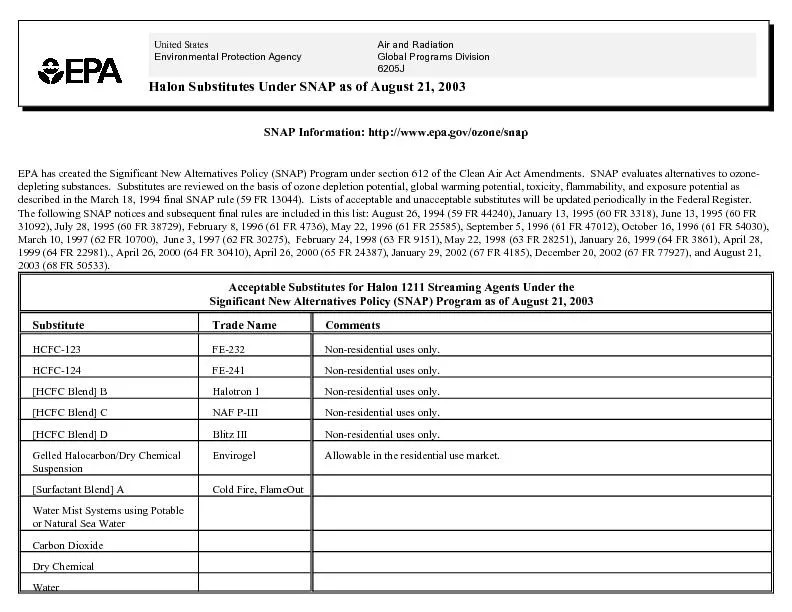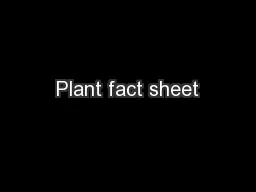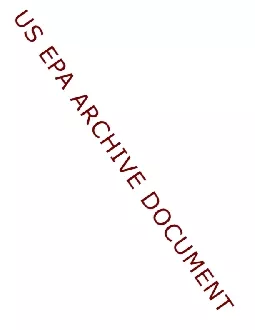PDF-United StatesEnvironmental ProtectionAgencyWastewater Technology Fact
Author : obrien | Published Date : 2021-10-06
TABLE 1 CLASSIFICATION OF BSTMETHODSMolecular methods DNA fingerprintingRibotyping RTPolymerase chain reaction PCRPulsedfield gel electrophoresis PFGENonmolecular
Presentation Embed Code
Download Presentation
Download Presentation The PPT/PDF document "United StatesEnvironmental ProtectionAge..." is the property of its rightful owner. Permission is granted to download and print the materials on this website for personal, non-commercial use only, and to display it on your personal computer provided you do not modify the materials and that you retain all copyright notices contained in the materials. By downloading content from our website, you accept the terms of this agreement.
United StatesEnvironmental ProtectionAgencyWastewater Technology Fact: Transcript
Download Rules Of Document
"United StatesEnvironmental ProtectionAgencyWastewater Technology Fact"The content belongs to its owner. You may download and print it for personal use, without modification, and keep all copyright notices. By downloading, you agree to these terms.
Related Documents

